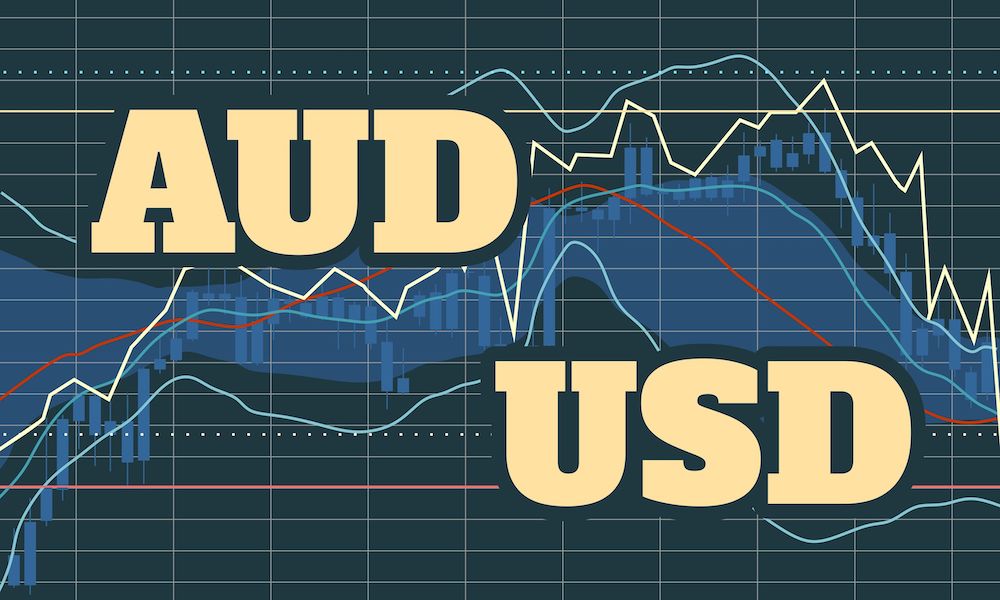
The foreign exchange markets seemed to be convinced of the world’s capacity to dodge a second coronavirus outbreak on Monday as traders flocked to risky currencies in their droves.
The Australian dollar and the equivalent over the water in New Zealand both got back on top in the markets after a period last week in which they slipped from their top spots.
The Australian dollar saw a rise of three-fifths of a percentage point at one stage, reaching 0.6873 up against the greenback.
In New Zealand, the currency was spotted up even higher – closer to three quarters of a percentage point – against the greenback.
This was despite the fact that the World Health Organisation revealed at the weekend that there had been a large rise in new cases of the disease, which has caused disruption on a global scale over the last few months.
The US dollar was the primary loser over the course of the day.
The dollar index, a tool that brings together other currencies from across the globe for easy comparison with the dollar’s performance, was seen down by 0.3%.
The US dollar has been seen as a safe haven during the coronavirus pandemic because holdings in that currency can be easily converted into cash.
This is perceived as vital during a downturn in case the investor needs to pay mounting bills quickly.
However, according to analysts, the focus now for the markets is quite strongly on whether or not a potential second wave causes economically disruptive lockdown measures – and that the presence of a potential second wave might not in itself be enough to cause market jitters.
On Monday, at least, the idea of a second large-scale lockdown did not seem to be at the forefront of traders’ minds.
Elsewhere, the Japanese yen, which is also often described as a safe haven, seemed to be remaining steady.
The single European currency found itself rising against the greenback by just over a fifth of a point.
It was seen at 1.1216 at one stage.
Analysts seemed to be of the opinion that the Eurozone would be able to see out the remainder of the economic crisis caused by the coronavirus without too much trouble.
Looking ahead to the rest of the week in the markets, a key event on the cards is likely to be the interest rate decision of the Reserve Bank of New Zealand.
This is scheduled for 2am GMT on Wednesday and is due to see the rate kept at its current position of 0.25%.
Later in the day on Wednesday, there will be a speech from Philip Lane, who sits on the Executive Board of the European Central Bank – this is expected to occur at 7am GMT.
At 8am GMT, there will be an IFO current assessment from Germany looking at business conditions and expectations in the month of June.
This indicator is predicted to show a change from its previous position of 78.9 and go instead to 84.
 Between 74-89% of CFD traders lose
Between 74-89% of CFD traders lose  Your capital is at risk
Your capital is at risk  Your capital is at risk
Your capital is at risk  Your capital is at risk
Your capital is at risk